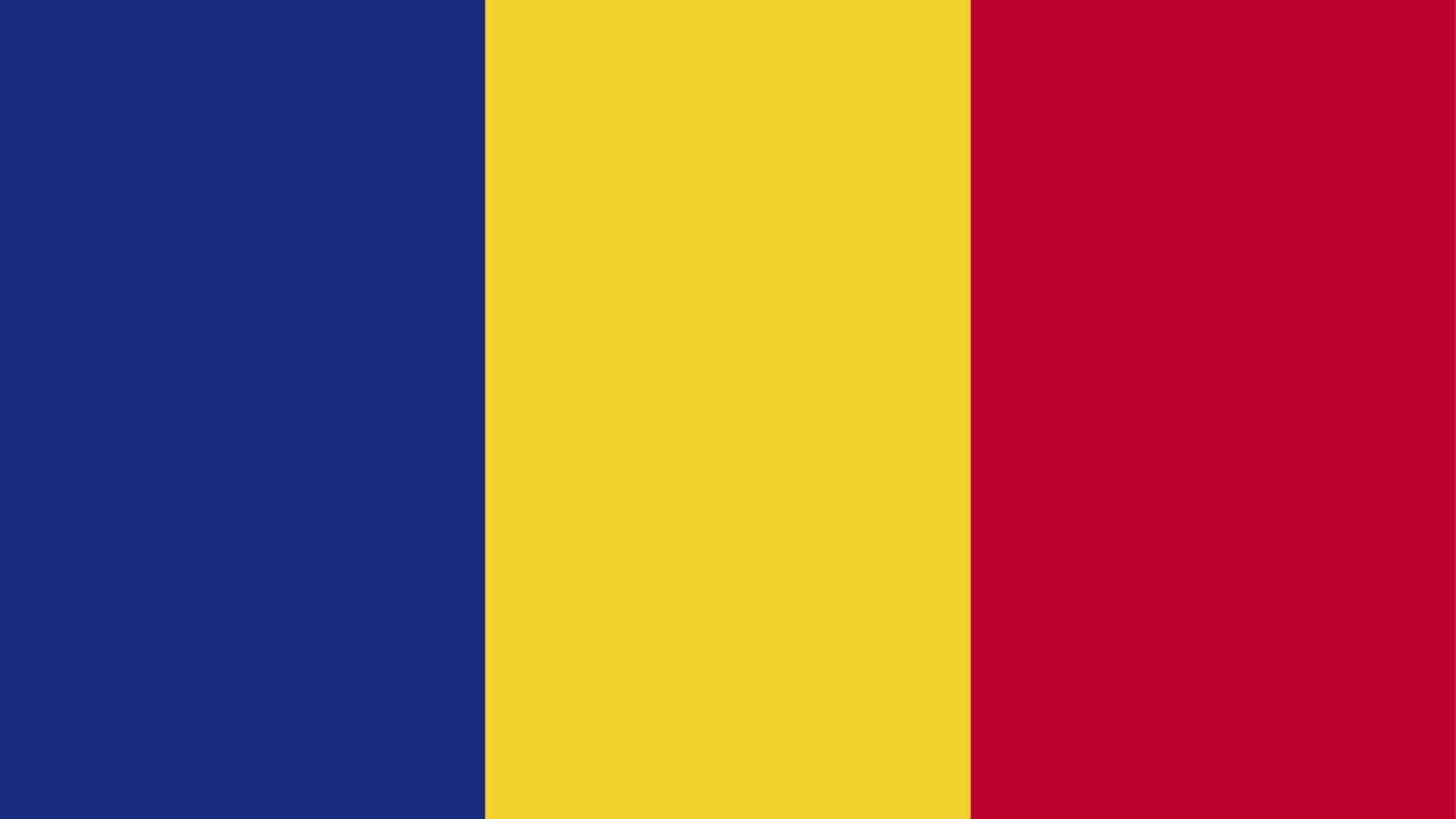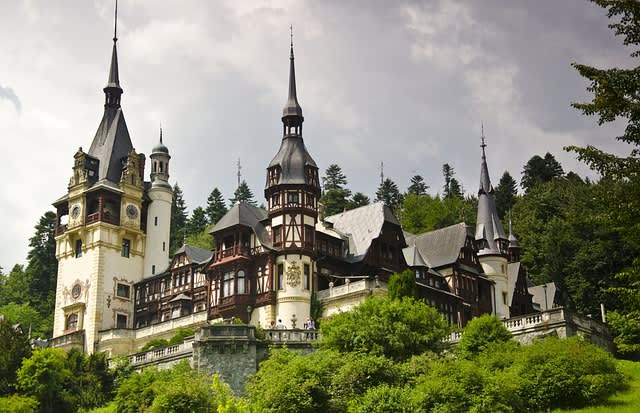Romanian Translation

Romanian Translation and Translation
TrueLanguage offers timely, precise Romanian translation and localization services. We can handle virtually any type of translation project. Our team of professional linguists includes native speakers of Romanian and certified subject matter experts who can perfectly translate material following your exact specifications. We use cutting-edge translation and project management tools and follow ISO 9001 standards, guaranteeing efficient, high-quality, and authentic results.
Din română în engleză
Language Facts and Information
Romanian Snapshot
Romanian is a Romance language spoken by approximately 24 million people worldwide, making it the 36th most spoken language in the world. It is the official language of four countries, including Romania, Moldova, and parts of Serbia and Ukraine, as well as being recognized as a minority language in two other countries. Romanian is written using the Latin alphabet, with Cyrillic scripts also being used historically in some regions. Additionally, there are various dialects and regional variations of the language, with Daco-Romanian being the most commonly spoken.
Romanian Facts and Trivia
Where it’s Spoken
Romanian is primarily spoken in Romania, where it is the official language, and in the Republic of Moldova, where it is also an official language. It is also spoken by communities in neighboring countries such as Ukraine, Serbia, Bulgaria, and Hungary. Additionally, Romanian is recognized as a minority language in Croatia and Slovakia. There are Romanian-speaking communities in various parts of the world, including the United States, Canada, and Australia.
Global Statistics
Romanian is a language that boasts a rich and unique history, setting it apart from its Romance language counterparts. It developed in Eastern Europe rather than the Western Roman Empire. This has resulted in the preservation of features of Latin that have been lost in other Romance languages, such as the neuter gender. Furthermore, Romanian has adopted many loanwords from Slavic languages, reflecting its historical interactions with Slavic-speaking populations. The language itself is complex, with five noun cases and numerous verb forms, necessitating a thorough understanding of declension and conjugation. The Romanian alphabet is also distinctive, with 31 letters, including diacritical marks that significantly alter the pronunciation of a word. Its unique characteristics have contributed to a rich literary tradition, with celebrated writers such as Mihai Eminescu, Ion Creangă, and Mircea Eliade producing influential works in the language.
Impact of Romanian Worldwide
As a language, Romanian has significantly impacted business, politics, and culture worldwide. In the business world, Romania is an emerging market with a growing economy and an increasing number of Romanian-speaking entrepreneurs and professionals. As a result, there is a growing demand for translation and localization services to cater to the needs of Romanian-speaking clients, facilitating international trade and collaboration.
In the political sphere, Romanian plays a crucial role as the official language of Romania, a member state of the European Union. As such, Romanian is one of the 24 official languages of the EU, and all official documents and communications must be translated into Romanian. Additionally, Romania has been an active participant in NATO and other international organizations, making Romanian an important language for diplomacy and international relations.
Culturally, Romanian has a rich literary and artistic heritage, with notable works in literature, music, and film. The influence of Romanian culture can be seen throughout Eastern Europe, with Romanian literature and music serving as an inspiration for other cultures in the region. Romanian cuisine, with its unique blend of Slavic, Mediterranean, and Turkish influences, is also gaining popularity around the world.
Regional Variations
The Romanian language, spoken primarily in Romania and Moldova, displays several regional variations. The two major dialects of Romanian are Daco-Romanian and Aromanian. Daco-Romanian is the most widely spoken dialect and is the official language of Romania and Moldova. However, it also displays regional variations, such as Moldovan Romanian, Wallachian Romanian, and Transylvanian Romanian. Moldovan Romanian has some specific vocabulary and grammar features, while Wallachian Romanian is considered to be the basis of standard Romanian. Transylvanian Romanian has some unique features, including a more archaic vocabulary and some Hungarian loanwords. Aromanian, on the other hand, is spoken primarily in the Balkans, including parts of Albania, Greece, North Macedonia, and Bulgaria. It has significant differences from Daco-Romanian, including a more complex grammar and a significant number of loanwords from Greek. In addition to these major dialects, there are also some smaller regional variations of Romanian, such as Istro-Romanian and Megleno-Romanian. These variations demonstrate the rich diversity of the Romanian language across different regions.
Origin and History
The Romanian language has a unique history and origin, evolving from a blend of Latin, Slavic, and other influences. Unlike most other Romance languages, Romanian developed in the Eastern Roman Empire, also known as the Byzantine Empire. Over the centuries, it was shaped by various languages, particularly Slavic and Turkish. Romanian intellectuals standardized the language in the 19th century and emphasized its Latin origins, while political upheaval in the 20th century did not deter the language’s evolution. Today, Romanian is the official language of Romania and the Republic of Moldova and is spoken by millions worldwide, making it an important part of Eastern Europe’s cultural heritage.
Summary
Since the Romanian language is constantly evolving, you must have informed and highly experienced professional linguists for producing accurate and culturally appropriate translations. At present, Romanian features approximately 180,000 words and adopts or adds 3600 (2021) new words each year. Will you need a Romanian translation that will easily be understood in all regions where the language is spoken? Or do you rather require a regionally specific translation? Select either our TrueGlobal or LocalVoice approach as appropriate.
Resources
Consider a Partnership with TrueLanguage
Are you looking for a partnership with a language service provider? If so, you may wish to consider TrueLanguage. We offer ISO-Certified state-of-the-art business translation services that are on budget, on time, and to your exact specification. Every time. Or perhaps you’re just looking for a cost-free, no-obligation estimate for your next translation project. Either way, we’d love to hear from you!


